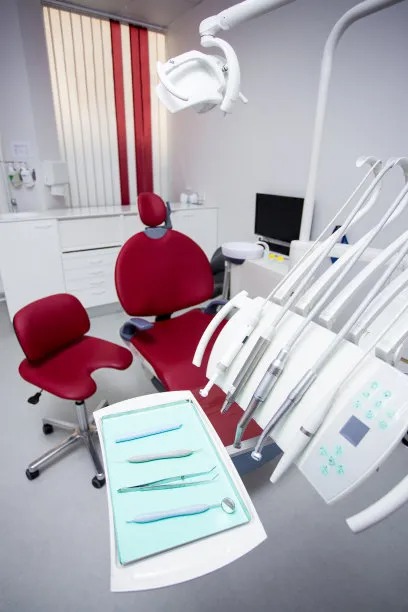A Comprehensive Guide to the Procedure and Aftercare of Extracting a Tooth for Optimal Recovery and Pain Management
Summary: This comprehensive guide offers an in-depth view of the tooth extraction process and outlines effective aftercare strategies for optimal recovery. By examining the procedure itself, understanding pre-operative instructions, learning post-operative care measures, and discussing pain management techniques, the article empowers patients with the knowledge they need to navigate tooth extraction successfully. Comprehensive information will enhance the recovery experience while minimizing discomfort, promoting healing, and providing essential tips for preventing complications. This guide aims to prepare patients for what to expect before, during, and after their tooth extraction, ensuring a smoother journey through this common dental procedure.
1. Understanding the Tooth Extraction Procedure

The tooth extraction process begins with a thorough examination by the dentist. This initial assessment is crucial for determining the degree of complexity involved in the extraction. Dentists may utilize X-rays to assess the position of the tooth and its relationship to surrounding structures, organizing an efficient approach to the extraction.
Once the examination is complete, the dentist will discuss the type of anesthesia best suited for the procedure. Local anesthesia is common for simple extractions, while sedation or general anesthesia may be required for more complicated cases. Anesthesia aims to ensure that patients experience minimal discomfort throughout the procedure.
The extraction itself involves careful manipulation of the tooth to loosen it from the surrounding tissue. The dentist may use specific instruments designed to grasp and remove the tooth. After extraction, the dentist may place gauze over the site to control bleeding, ensuring a clean and safe conclusion to the procedure.
2. Pre-Operative Instructions for Patients
Before undergoing tooth extraction, patients receive vital pre-operative instructions from their dentist to ensure safety and preparedness. These guidelines typically include fasting for several hours if sedation or general anesthesia is planned, to reduce the risk of complications.
Patients should also compile a list of medications they currently take, as some may need to be paused or adjusted before the extraction. It’s essential to inform the dentist about any allergies or previous adverse reactions to anesthesia, which can significantly affect the extraction process.
Another critical aspect of pre-operative care is arranging for post-extraction transportation. Given the sedation used during the procedure, patients are generally advised not to drive home afterward. Planning for this transportation ahead of time can alleviate last-minute stress on the day of the procedure.
3. Essential Post-Operative Care Tips
After the extraction, post-operative care becomes imperative for a successful recovery. One critical recommendation is to rest for the first 24 hours, allowing the body to initiate healing. Minimizing physical activity can help reduce the risk of complications such as excessive bleeding or swelling.
Managing bleeding is a priority immediately post-extraction. Patients should keep gauze in place for several hours and avoid spitting or rinsing their mouths forcefully, as these actions can disrupt the forming blood clot in the extraction site. In case of persistent bleeding, they should apply pressure with gauze or contact their dentist.
Hydration and nutrition remain vital during recovery. Patients are advised to drink plenty of fluids and consume soft foods, avoiding anything that requires vigorous chewing. Nutrient-rich options can support the healing process and help maintain energy levels during recovery.
4. Pain Management Strategies for Recovery
Pain management is a significant concern following a tooth extraction. Dentists typically prescribe over-the-counter analgesics or, in more severe cases, stronger pain medications to help manage discomfort. Following the prescribed dosage is crucial for effective pain relief without unintended side effects.
Applying a cold compress to the outside of the face around the extraction site can also alleviate pain and reduce swelling. This technique is most effective within the first 24 hours post-surgery and can provide significant relief with minimal effort.
Its equally important to avoid certain activities that may exacerbate discomfort, such as sucking through straws or smoking, as they can dislodge the blood clot and lead to dry socket, a painful complication. Monitoring pain levels closely and maintaining communication with the dentist regarding any issues or worsening symptoms can ensure a smoother recovery journey.
Summary:
The guide thoroughly covers the tooth extraction process, emphasizing the importance of understanding each phase—pre-operative instructions, the extraction procedure, essential post-operative care tips, and effective pain management strategies. Well-informed patients are better equipped to navigate the complexities of tooth extraction, ensuring a successful recovery.
This article is compiled by Vickong Dental and the content is for reference only.



